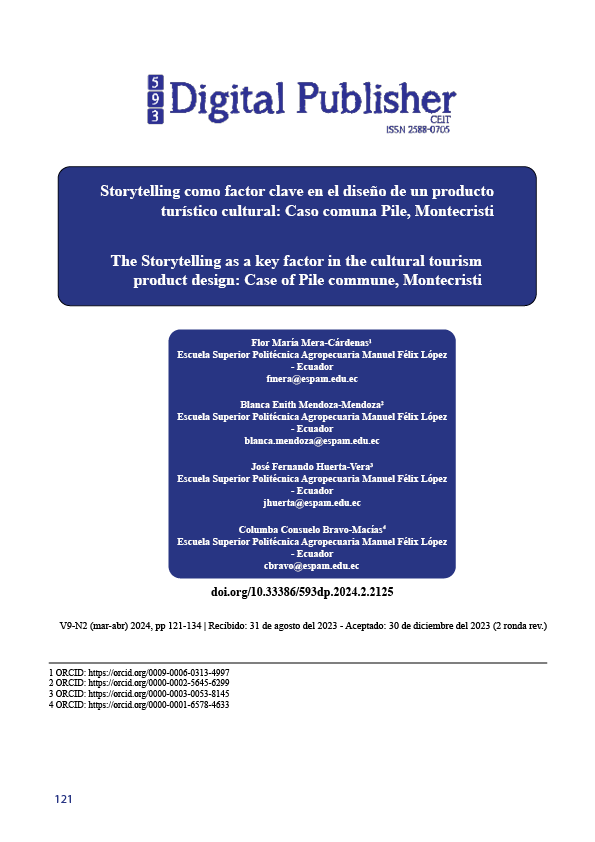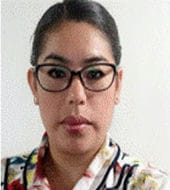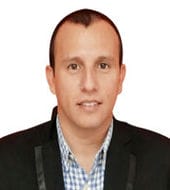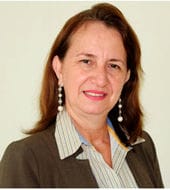The Storytelling as a key factor in the cultural tourism product design: Case of Pile commune, Montecristi
Main Article Content
Abstract
The objective of this research is to explore the effects that storytelling has on the design of products and tourist experiences. The research is exploratory in nature, which leads to the use of qualitative techniques with their respective instruments, which are applied in situ to the bearers of knowledge of the ancestral technique of weaving toquilla straw from the Pile Commune. The first phase consisted of a documentary review to determine the components and characteristics of Storytelling, which indicates that the use of storytelling is essential to enrich the tourists' experience. Through the second phase, the characterization of the current situation of the Pile commune is carried out, a baseline is established where it was confirmed that there are approximately 90 knowledge holders who are organized in associations and who have limitations in the offer of their services. products and services. The last phase is to design a storytelling where information about the toquilla straw hat weaving is presented as a contribution to the design of a product based on tourist experiences. In conclusion, Storytelling enriches the experience by creating a unique identity and awareness in both inhabitants and tourists, in addition to highlighting the importance of conserving intangible cultural heritage, which allows improving the quality of life of the inhabitants of the commune through design of tourist experiences based on storytelling which gives added value to them.
Downloads
Article Details

This work is licensed under a Creative Commons Attribution-NonCommercial-ShareAlike 4.0 International License.
1. Derechos de autor
Las obras que se publican en 593 Digital Publisher CEIT están sujetas a los siguientes términos:
1.1. 593 Digital Publisher CEIT, conserva los derechos patrimoniales (copyright) de las obras publicadas, favorece y permite la reutilización de las mismas bajo la licencia Licencia Creative Commons 4.0 de Reconocimiento-NoComercial-CompartirIgual 4.0, por lo cual se pueden copiar, usar, difundir, transmitir y exponer públicamente, siempre que:
1.1.a. Se cite la autoría y fuente original de su publicación (revista, editorial, URL).
1.1.b. No se usen para fines comerciales u onerosos.
1.1.c. Se mencione la existencia y especificaciones de esta licencia de uso.
References
Acosta, A. H. (2019). Storytelling y comunicación multidireccional: una estrategia formativa para la era digital. Revista de comunicación y cultura.
Akgun, A.; Keskin, H.; Ayar, H. & Erdogan, E. (2015). The influence of storytelling approach in travel writings on readers’ empathy and travel intensions. Procedia - Social and Behavioral Sciences, 207, 577-586.
Carbache, C., Ureta, S., & Narvaez, J. (2019). Aporte del storytelling para la creación del marketing emocional en empresa de agua purificada de bahía de Caráquez, Ecuador. Comuni@cción, Revista de Investigación en Comunicación y Desarrollo, 10(2), 140-150. http://dx.doi.org/10.33595/2226-1478.10.2.386.
Chen, X., Mak, B., & Kankhuni, Z. (2020). Storytelling approach of the self-reported slow adventure to Tibet: Constructing experience and identity. Tourism Management Perspectives, 35, 100679. https://doi.org/10.1016/j.tmp.2020.100679
Chiu, H.C. Hsieh, Y.C. y KUI, Y.C. (2012): How to align your brand stories with your products. Journal of Retailing, 88(2), pp. 262-275.
D'Errico, B., & D'Errico, C. (2022). Storytelling turístico. UOC Press.
Guber, P. (2007).The Four Truths of the Storyteller. Harvard Business Review, 85(12), 52-60.
Hosteltur. (24 de septiembre de 2021). Baleares destina 1,6 millones a campañas para alargar la temporada. Hosteltur. https://bit.ly/3P8r9hh
Kesinger, E.A y Corkin, S. (2003). Effect of negative emotional content on working memory and long-term memory. Emotion, 3(4), 378-393.
Keskin, H., Akgun, A. E., Zehir, C., Ayar, H. y Keskin, H. (2016). Tales of Cities: City Branding Through Storytelling. Journal of Global Strategic Management, 1(1), 31-41.
Kim, J. H. y Youn, H. (2017). How to Design and Deliver Stories about Tourism Destinations. Journal of Travel Research, 56(6), 808-820.
Kotler, P., Haider, D.H. y Rein, I. (1993). Marketing Places: Attracting Investment. Industry, and Tourism to Cities, States, and Nations. The Free Press.
López - Hermida A. y Vargas - Monardes,J. (2013). La política relatada: el Storytelling de Barack Obama en el marco de la Operación Gerónimo. How to Design and Deliver Stories about Tourism Destinations. Journal of Travel Research, 56(6), 808-820.
Mieles Barrera, M. D., Tonon, G., y Alvarado Salgado, S. V. (2012). Investigación cualitativa: el análisis temático para el tratamiento de la información desde el enfoque de la fenomenología social. Universitas humanística, (74), 195-225.
Miličević, K., Mihalič, T. Y Sever, I. (2017). An investigation of the relationship between destination branding and destination competitiveness. Journal of Travel y Tourism Marketing, 34(2), 209-221.
Mossberg, L.,Therkelsen, A., H Huijbens, E. Y Björk And Olsson, A.K. (2011). Storytelling and destination development. Nordic Innovation Centre. http://www.diva-portal.org/smash/get/diva2:707209/FULLTEXT01.pdf
Pezzini, M. (2021). Storytelling como instrumento de marketing: Un análisis de la campaña de la pareja del Galicia [Tesis de grado, Universidad de San Andrés], Victoria, Argentina.
Pike, S. (2005). Tourism destination branding complexity. Journal of Product y Brand Management, 14(4), pp. 258-259.
Sánchez, C. (30 de septiembre de 2019). 4 tipos de storytelling que puedes integrar a tu estrategia. Revista InformaBTL. https://n9.cl/kmcea
Stronza, A. L., Hunt, C. A., y Fitzgerald, L. A. (2019). Ecotourism for conservation? Annual Review of Environment and Resources, 44, 229-253.
Woodside, A.G. y Megehee, C.M. (2010). Advancing consumer behaviour theory in tourism via visual narrative art. International, Journal of Tourism Research, 12(5), 418-431.
Yavuz, M.C. Sumbul, M., Elpeze, N. Y Derdiyok, C.I. (2016). Storytelling in destination brand communication: A qualitative análisis. Journal of Global Business Insights, 1(2), 63-72.
Zak, P.J. (17 de diciembre de 2013). How stories change the brain. Greater Good Magazine. https://n9.cl/fhbbp





